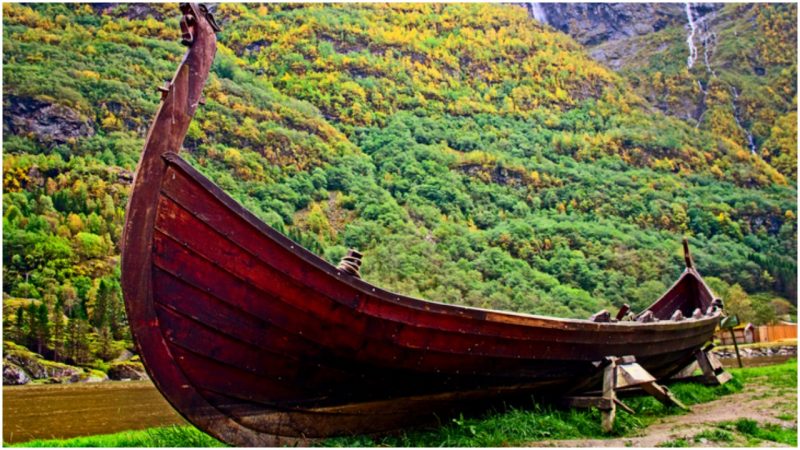A burial site containing an entire Viking ship has been discovered in the Borre National Park in Vestfold County in Norway, according to Forbes.
Archaeologists made the discovery using state-of-the-art radar techniques and believe they have identified the hull of a ship, in a region already known to be rich in Viking treasures.
The team working in Vestfold was using ground-penetrating radar technology, also known as GPR, in order to identify areas suitable for further digs and investigation.
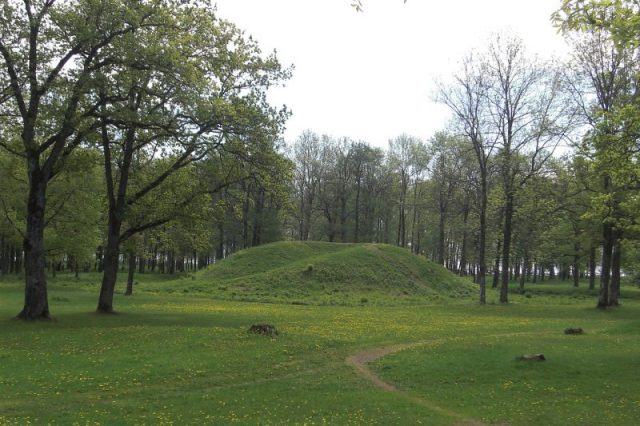
They were hoping to find Viking remains, or a buried hoard of treasure, but they were astounded when the radar appeared to pick up the trace of a ship — right next door to the Midgard Viking Center in Horten, which is part of Vestfold Museums.
Terje Gansum, the leader of Vestfold’s Department for Cultural Heritage Management released a statement to Agence France-Presse, saying, “The GPR data clearly show the shape of a ship, and we can see weak traces of a circular depression around the vessel. This could point to the existence of a mound that was later removed.”
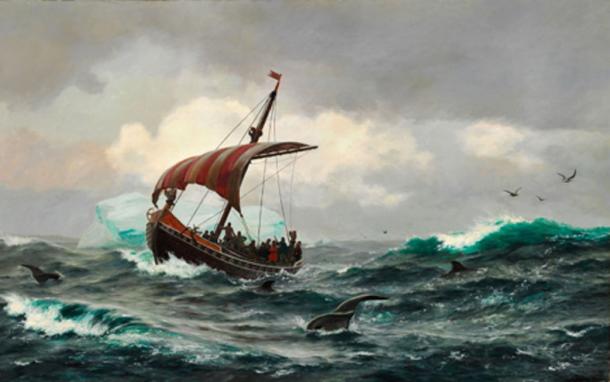
The find was announced at the Midgard Viking Center, and was met by excitement by scholars and Viking enthusiasts. Ola Elvestuen, Norway’s Minister of Climate and Environment, said that the discovery was a “historic moment,” according to Forbes.
To date, fifteen Viking ships have been found buried underground in Europe, seven of which have been in Norway. This is third ship to be discovered in the Borre National Park in Vestfold Country, which appears to be a hot spot for Viking burials. In 1904, the famous Oseburg ship was uncovered in the same region, and is an extremely fine example of Viking craftsmanship and elite culture.
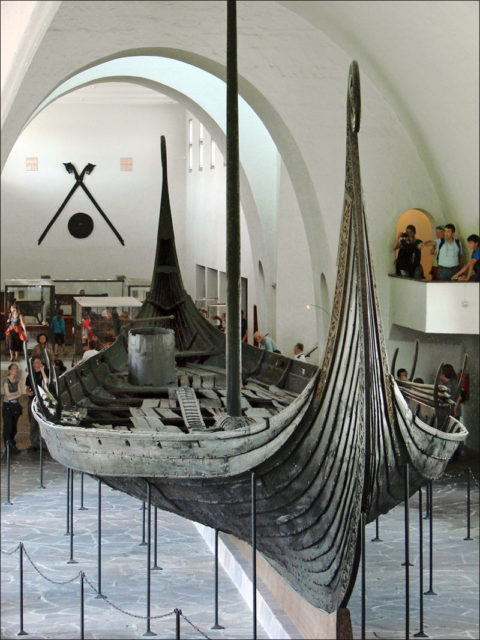
The Oseberg ship, along with other Viking burial ships and fine examples of grave goods, may be seen in Oslo’s Viking Ship Museum. It is thought that high status Vikings, both men and women, would have been buried with their ships in colossal mounds, together with many expensive grave goods.
Ships played an important role in Viking society, connoting wealth, status and mobility. They were also considered to facilitate passage to the underworld, and this may be why they were sometimes used in rare, high status burials.
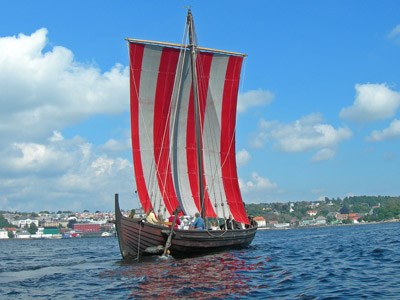
According to the Viking Ship Museum, the Oseberg ship contained the bodies of two women, placed in a burial chamber behind the ship’s mast. The buried vessel also contained luxurious tapestries, carved animal heads, clothes, kitchen utensils, tools, three ornate sleighs, and many animals, including horses, dogs and cows.
Little is known of these women and why they were buried in this manner, but archaeologists agree that they must have been people of great importance to the local community.
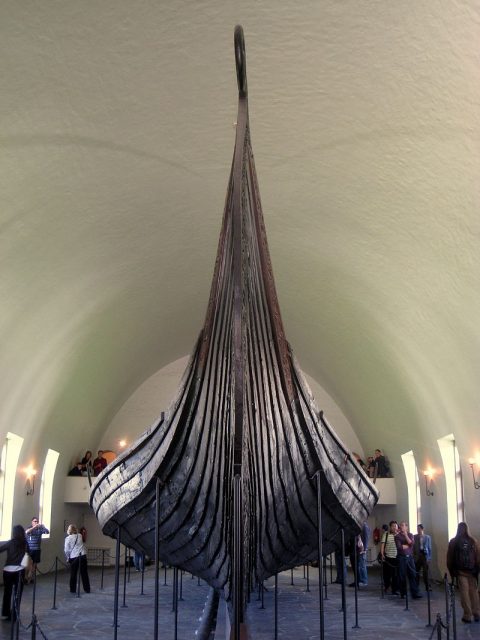
It is hoped that this latest find will contain more artifacts and clues that may help scholars to better understand Viking culture, society and burial practices. However, it also represents an important leap forward in non-invasive technologies used to help and guide archaeologists.
Speaking to Forbes, Lars Gustavsen, of the Norwegian Institute for Cultural Heritage Research, commented, “a find of this scale has never been made before by non-intrusive methods.”
“It really shows the potential of this system in giving you a feel for the wider context of an archaeological survey. While you don’t find a Viking ship every day, I am optimistic that this kind of technology can turn up similar finds in the years to come.”
Read another story from us: Huge 1,000-yr-old Viking Ship Grave Found in Norway
This latest discovery underscores the importance of the Vestfold region for our understanding of Viking culture and heritage. As a coastal region, ships appear to have played an important part in both life and death for the Vikings that once lived here. Who knows how many more ships may be lying buried under the ground in Borre National Park?
